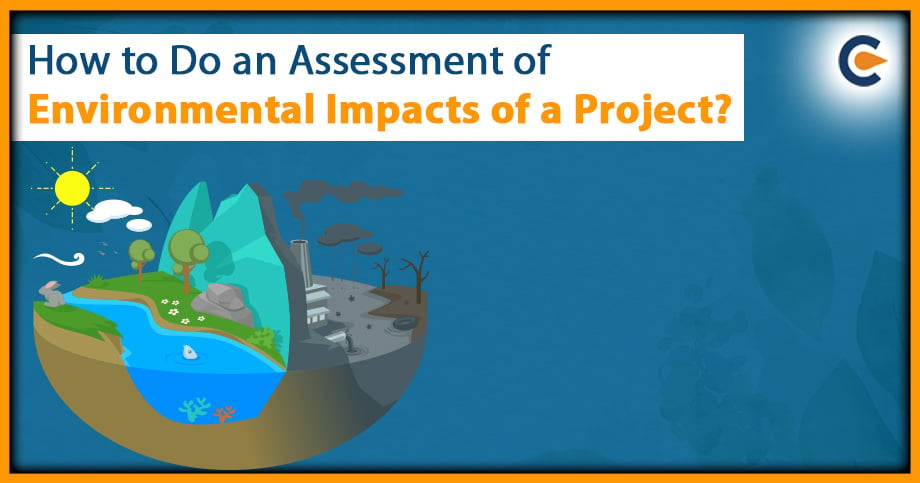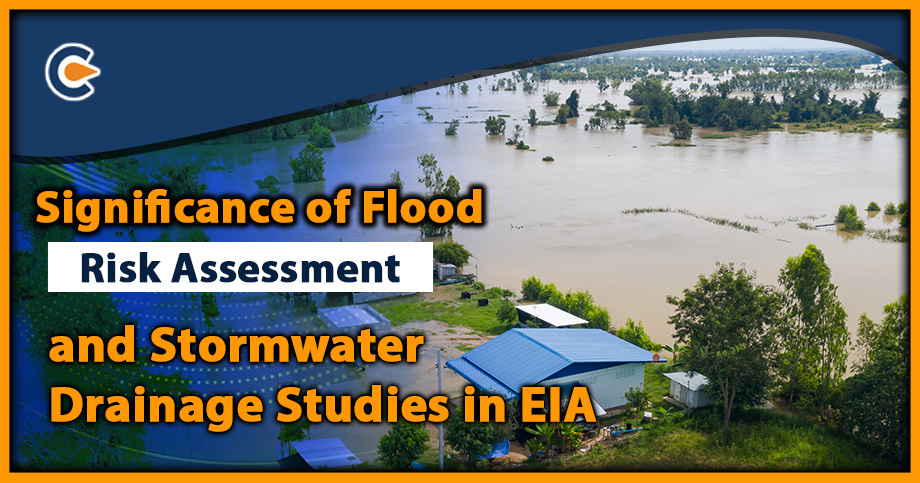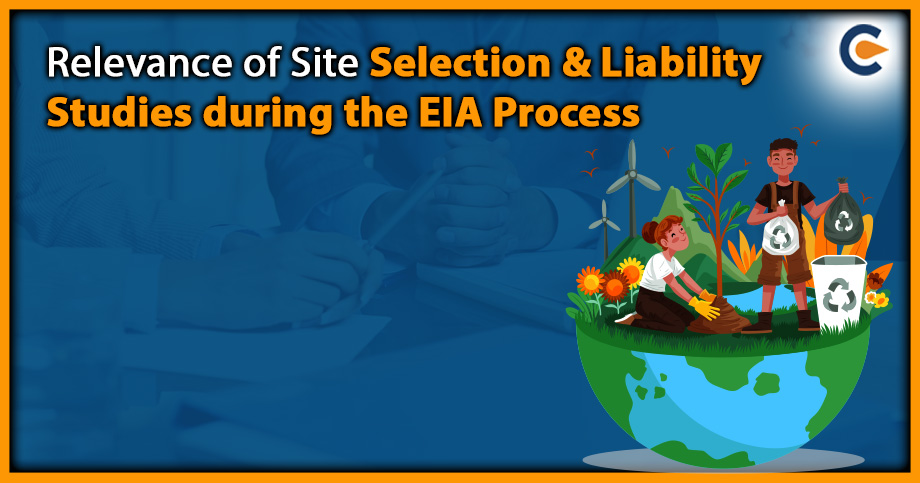People are experiencing or facing climate change in diverse ways. Climatic change has become a global concern over the last few decades. Besides, these climatic changes affect life on the earth in various ways, such as health impacts, resource unavailability, and biodiversity loss. Impacts often occur in a sequence; for example, GHG emissions cause global warming (primary effect) which causes an increase in temperature (secondary effect), leading to a rise of sea level (tertiary effect), and finally, leading to loss of biodiversity. All activities carried out by any project have an impact on the ecosystem and therefore needs a How to do an assessment of environmental impacts of that project as it can cause irreversible effects on the environment.
The Most Common Environmental Impacts Are As Follows:
- Air Pollution[1] (Stack, DG Set, mining activities, vehicular emission etc.)
- Water Pollution (Leachate run-off, excessive use of pesticides, wastewater discharge etc.)
- Soil Pollution (Excessive use of pesticides, rural community waste, Wastewater for irrigation etc.)
- Noise Pollution (Air traffic or road traffic noise, construction sites, Machinery etc.)
- Loss Of Biodiversity
- Socio-Economic
- Land Environment
Why Is It Essential To Assess The Environmental Impact Of A Project?
Human well-being depends directly on biodiversity and the ecosystem. If we continue exploiting wildlife and destroying our ecosystems, in the coming years, we will face a continuous flow of diseases moving from the environment to humans.”
It is very important to measure, plan and minimise the impacts by assessment of any project on the environment toward sustainable development.
Process for Assessment of Environmental Impact
To assess the environmental impacts of any project or activity, the following steps include as per EIA Notification, 2006 are as follows:
- Screening
- Scoping and Impact Analysis
- Review of the EIA report
- Public Participation
- Decision-making (Appraisal)
Stages Involved In the Assessment of Environmental Impact
Impacts can be classified as direct, indirect and cumulative impacts. The steps involved are as follows:
- Impact Identification: Checklist and Matrices, Baseline monitoring etc.
- Impact Prediction: Impact duration, Extent of impact, Modelling etc.
- Impact assessment and Mitigation Measures: Using Environmental standards, Matrices, Management plans etc.


Measurement of Environmental Impact of a Project
Today, over 100 countries have legislation requiring an Environmental Impact Assessment (EIA) to be carried out for any project that may highly impact the ecosystem. As EIA is a tool to identify a project’s environmental and socio-economic impacts before decision-making, EIA can predict environmental impacts earlier in planning and design and find ways to reduce the harmful impacts, shape the projects to suit the nearby environment and present options to decision-makers.
Assessment of environmental impacts of any project gives details knowledge about the effects at the initial, between, and final stages of the project. A separate chapter or section is made as chapter IV, i.e. Anticipated Environmental Impacts and management plan and Chapter VII, i.e. Additional Studies in the generic structure of an EIA as per EIA Notification, 2006.
| Chapter or Section | Particular | Details |
| IV | Anticipated Environmental Impacts and management plan | Identification of environmental impacts with pollution control equipment: Air Environment- By Aermod ModelWater Environment- By GIS Noise Environment- By noise modelSoil Environment- By Soil model Mitigative Measures: In Construction PhaseIn Operation Phase |
| VII | Additional Studies (Risk Assessment) | Major Hazards such as Natural disastersHazards pertaining to fires in buildingsFlooding from man-made causesDiesel or other Storage areasElectrical accidents Disaster Management Plan (DMP): Minimise the effect on property and peopleEvacuationEffective Rescue and medical treatment |
Additional Tools Used For Measuring Environmental Impact
- Carbon Footprint Calculator
- Sustainability Checklists
- Checklist And Matrices
- Life Cycle Assessment (LCA)
- Environment Impact Assessment (EIA)
Difference between Risk Assessment and Environmental Impact Assessment
| S.No. | Risk Assessment (RA) | Environment Impact Assessment (EIA) |
| 1 | It is a process for estimating the likelihood or probability of an adverse outcome due to changes in environmental conditions caused by human activities. | It is a process to identify and predict any project or activity’s environmental impact and human health. |
| 2 | To assess the environmental risk directly associated with the project | To determine the direct or indirect impact on the Environment |
| 3 | Assessment will be done by Impact Matrices from “Low to High-risk” indicators or grading. | Assessment will be done by Impact Matrices based on the project’s severity and probability from “No impact to Extensive” and “Highly unlikely to Very Likely”. |
United Nations 2030 Agenda Vs Assessment of Environmental Impacts
As per United Nations 2030 Agenda, in which India played a prominent role, an assessment of environmental impact must include the following
- Reducing Our Environmental Footprint
- Integrating The Climate Change
- Promotion Of The Circular Economy
- Biodiversity Preservation
Conclusion
Assessment of Environmental impacts of the project is necessary to measure environmental consequences (like positive and negative) for the execution, planning, formulation of policy, organisation of events, and the start of project activities for proposed actions in a particular area. Precise and well-timed environmental impact analysis can minimise losses due to natural calamities and other hazards. Such a framework requires a technical understanding to consider life cycle thinking in the environmental impact assessment and must approach with the guidance of environmental professionals.











